|
Series-5 PDA  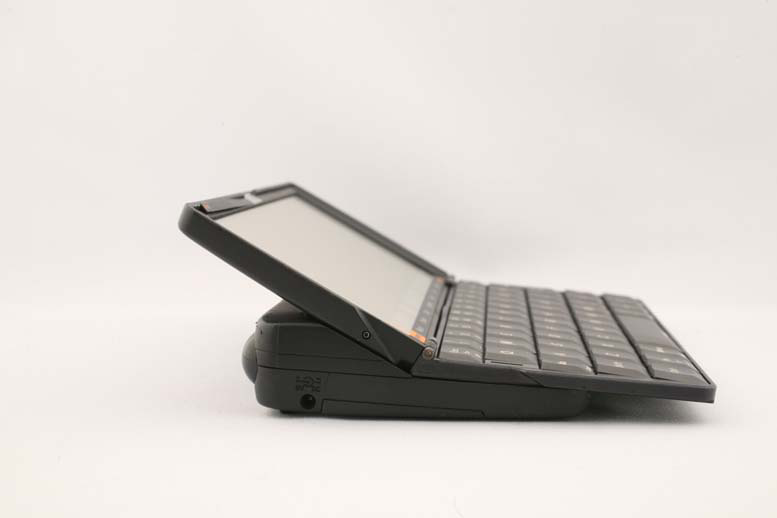 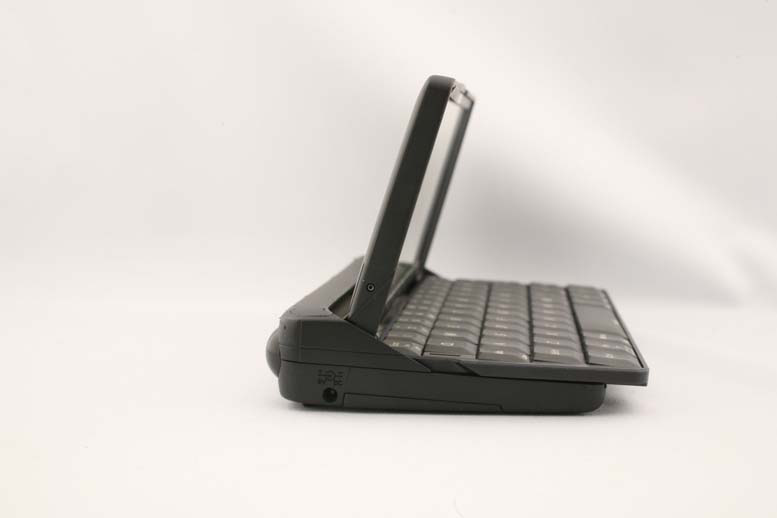 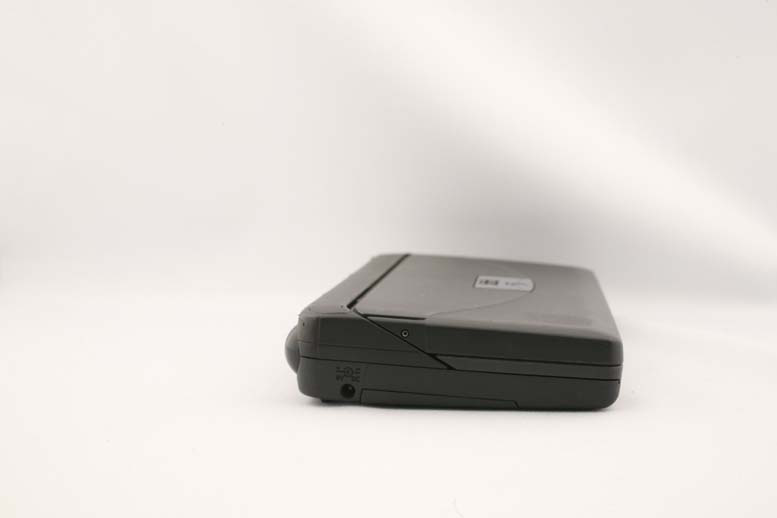 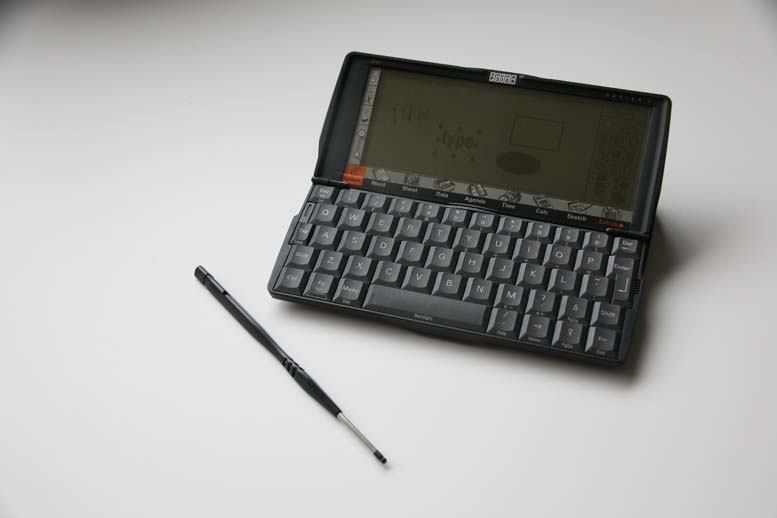 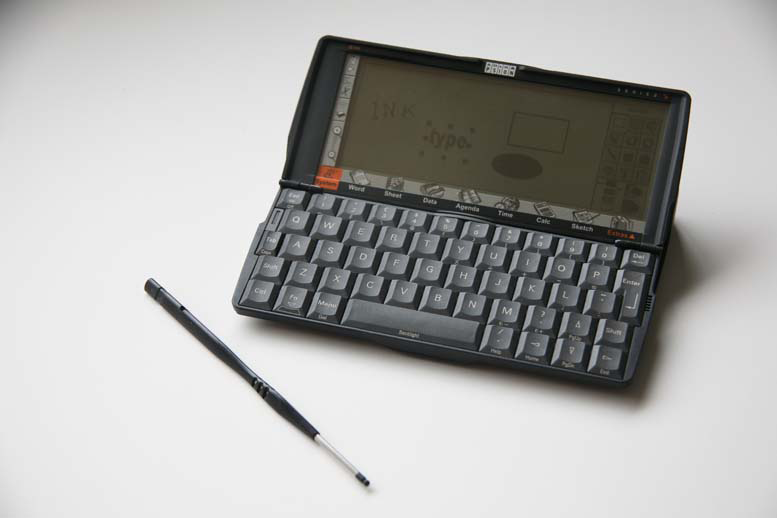 .png) .png) 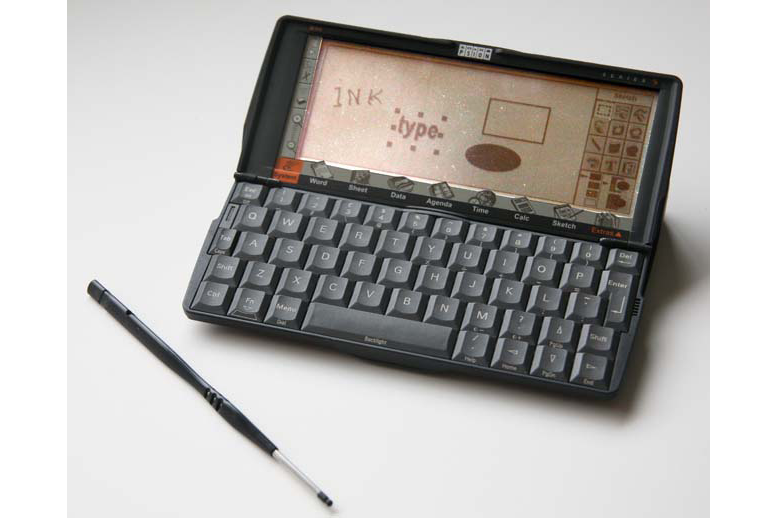 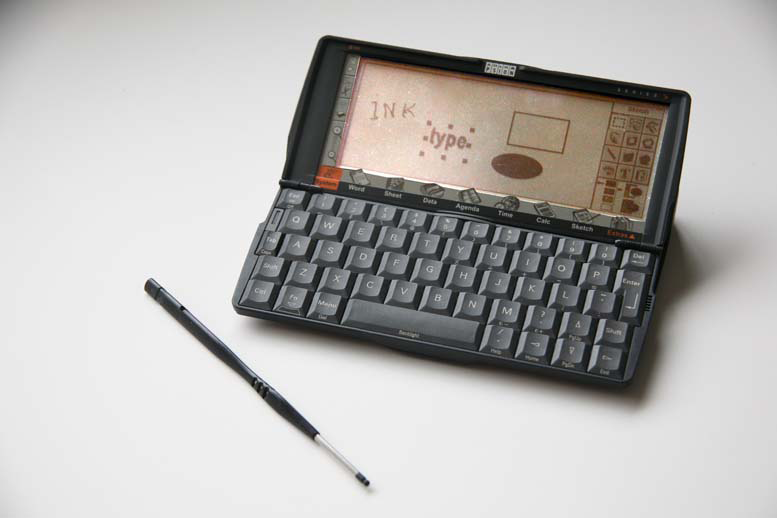 Bill Buxton's NotesLaunched in June 1997, this was product that inspired a deep emotional attachment to its users. It supported an outstanding keyboard, coupled with both touch and stylus input. Most impressive, from my perspective, was the spectacular industrial design, done by Martin Riddiford of Therefore Design. The device had perhaps the best keyboard of any device of its class. Rather than requiring the development of new typing skills (with the thumbs, for example), it had great action and was such that one could touch-type on it. And yet, the whole clam-shell design folded up into a compact package which would not be out of place even today. Part of this was accomplished by using excellent materials, and some by excellent design. To appreciate the latter, besides just typing on the device, watch how the keyboard folds in and out while opening and closing. This can best be seen by looking at it from the side. This keyboard mechanism not only made the whole thing feel less cramped when open, it is also what enabled it to fold up as small as it did. But it served another important purpose. It shifted the centre of gravity of the device when using it. Take your regular clam-shell laptop design of today, and poke the screen with your finger as if you were using a touch screen – regardless of if you have one or not. What you will almost inevitably experience is the screen flopping back-and-forth from your touch, since it was never designed to be used that way. With the Psion 5, the screen pivots with the keyboard as the device is opened. The result is that the chassis of the device serves as a kind of back-stop when pressure is applied to the screen surface by either a finger or stylus. Just careful, thoughtful design. The Series 5 ran the Simbian operating system, and in essence, Simbian – which has subsequently been widely used on mobile phones, is kind of what Psion morphed into. The applications on the device were pretty impressive, including a word processor that could incorporate graphics created with the included drawing program. It also has a spell checker. And, perhaps a reality check in terms of what is possible, it provided 30 hours of use on two AA batteries ReferencesThe story of the Series 5 is told really well on the following web site: http://www.channelregister.co.uk/2007/06/26/psion_special/ Bill Buxton Device Details
Company: Psion |
Year: 1997 |

